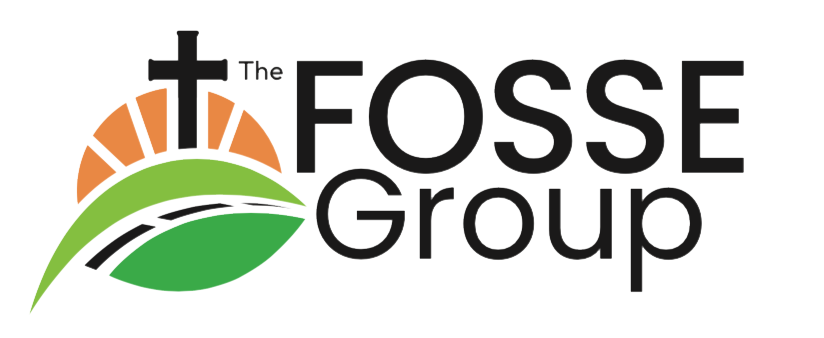St Helen’s – Kneeton
The Parish of East Bridgford, Kneeton and Flintham
Our Church
The church stands above the River Trent dating from the 12th Century and has been lovingly maintained by succeeding generations. The chancel, nave and porch were rebuilt in 1879.
The Clock was installed in the year 2000 to commemorate the Millennium and a treble bell was added to the original three in 2001.
Services
A said Communion takes place on the 2nd Sunday of every other month at 11.00am alternating with a sung evensong at 6pm, also on the 2nd Sunday each month. We usually use the Book of Common Prayer for our monthly services. There are additional festival services during the year at Easter, Christmas, Harvest and on Remembrance Sunday.
Accessibility
St Helen's has the following features available in Church:
- Two shallow steps
- Step free access suitable for wheelchairs
- Large print books and sheets
Church Bells
St Helen’s originally had 3 bells, the tenor weighing just over 6 cwt.
In 1669 following a rebuilding of the church, the churchwardens reported ‘our bells are “forth of order” in the frames’. In 1892 all 3 bells were recast by Taylors of Loughborough.
In January 2001 the bells were augmented to four by the addition of a second-hand bell from the Roman Catholic church of Our Lady of Lourdes, Townhall, Swansea, in Wales.
These changes are commemorated on a brass plaque on the south wall which reads:
Treble bell January 2001
Donated by Susan Dawson
Installed by
Hayward Mills and George Dawson
In Memory of
Elizabeth Allen and Fred Smith
Kneeton has no regular ringers, but some of the East Bridgford ringers ring the bells on special occasions, e.g. Harvest Festival and Christmas carol service.
Our Village
Kneeton is a small village of 30 households lying 9 miles south west of Newark-on-Trent and two and a half miles north east of our joint parish of East Bridgford. It is bounded by the A46 to the east and the River Trent to the west.
It has a mixture of dwellings from early 18th Century cottages and 20th Century houses to six post-war modern semi-detached houses and a former school house.
